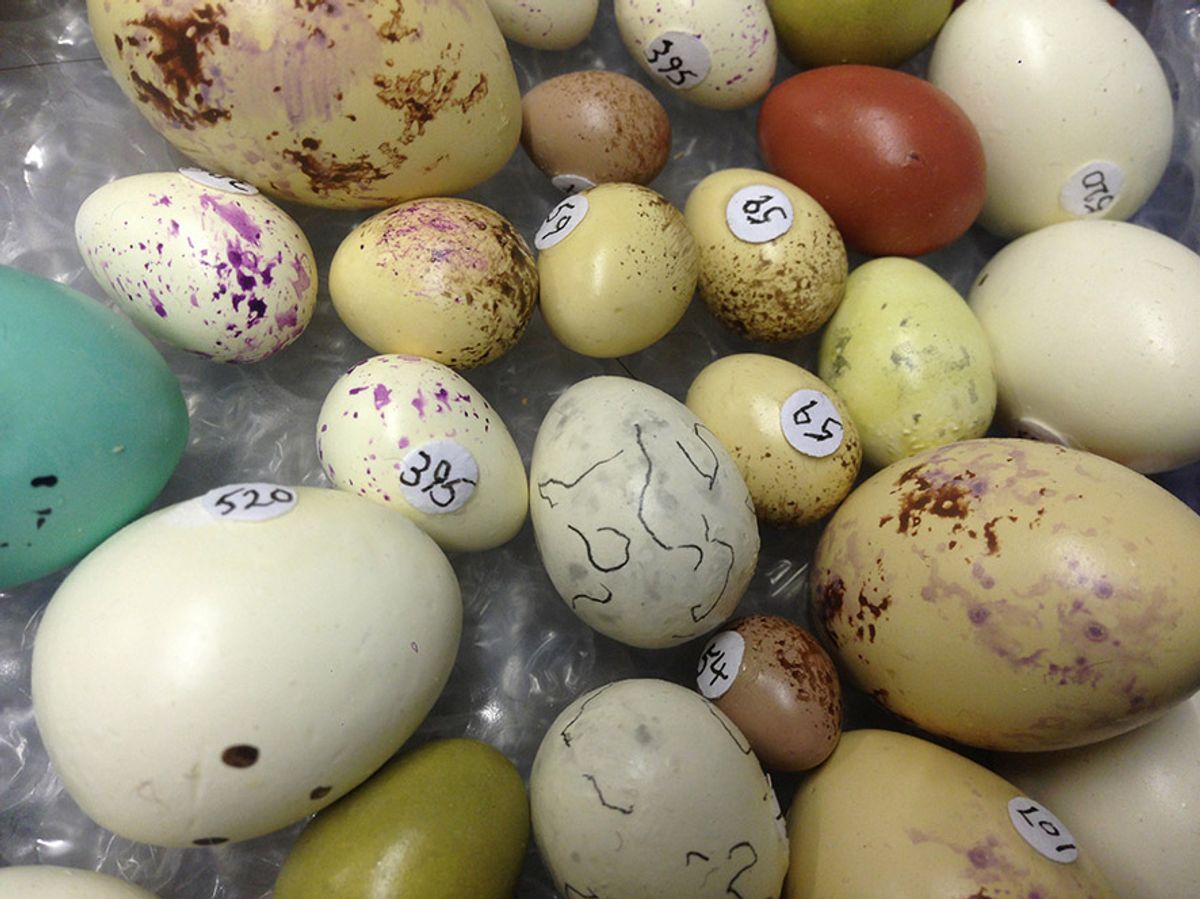Tate Britain's exhibition Queer British Art 1861-1967 (until 1 October) —which includes works by Francis Bacon, Claude Cahun and Angus McBean, among others—marks the 50th anniversary of the partial decriminalisation of male homosexuality in England and Wales. One of the highlights is a portrait of the writer Oscar Wilde, which had to be sold off after Wilde was convicted of gross indecency in 1895. The work has returned from the US for the first time in nearly a century. Robert Harper Pennington, the US artist who painted the full-length portrait (1881), gave it to Wilde and his wife Constance as a wedding present in 1884. Other key works include David Hockney’s Life Painting for a Diploma (1962); Duncan Grant’s vast mural Bathing (1911), made for the dining room at Borough Polytechnic in London; and Hannah Gluckstein’s self-portrait, Gluck (1942).
Alberto Giacometti is best known for his elongated, rough-textured figures in bronze, but the Tate Modern’s career survey of the artist’s work (until 10 September) presents a richer picture. The show—the first major exhibition of Giacometti’s work in the UK in 20 years—features over 250 works including bronze, clay and plaster sculptures alongside sketchbooks and paintings, with many loans from the co-organiser, the Fondation Alberto et Annette Giacometti in Paris. While a group of his large-scale bronze sculptures, such as Walking Man I (1960), are included, organisers have emphasised the various styles he developed over his 50-year career. The highlight is a series of six plaster works called Women in Venice, specially restored and reunited for the first time after they were unveiled at the 1956 Venice Biennale. There is also a room dedicated to portraits of the artist’s wife, Annette, and his brother, Diego.
Natural Selection (10 September-5 November) by the artist Andy Holden and his father Peter Holden, an ornithologist, sees the duo take on the art of nest-making and egg collecting in a multimedia installation. The Artangel commission opens on Sunday at the former Newington Library, south London, which was closed following a fire in 2013. The charming three-screen film, A Natural History of Nest Building (2017), guides the viewer from simple blackbird nests found in the Holdens’ back garden to the elaborate creations by the bowerbird. These are not shelters or nests but instead “very close to our own concept of art”, says Andy Holden in the film. Speaking at the press preview he added that the birds have to make “tons of decisions” and that the meticulous and unique creations are “akin to the art impulse” in humans. In the basement of the former library—an apt location for the archival nature of the show—the second part of the exhibition explores the once aristocratic, but now illegal, pursuit of art of egg collecting. An installation of replica porcelain eggs is joined by a film that features some notorious egg collectors, including a man who has served four prison sentences and received the first Asbo for wildlife offences.


